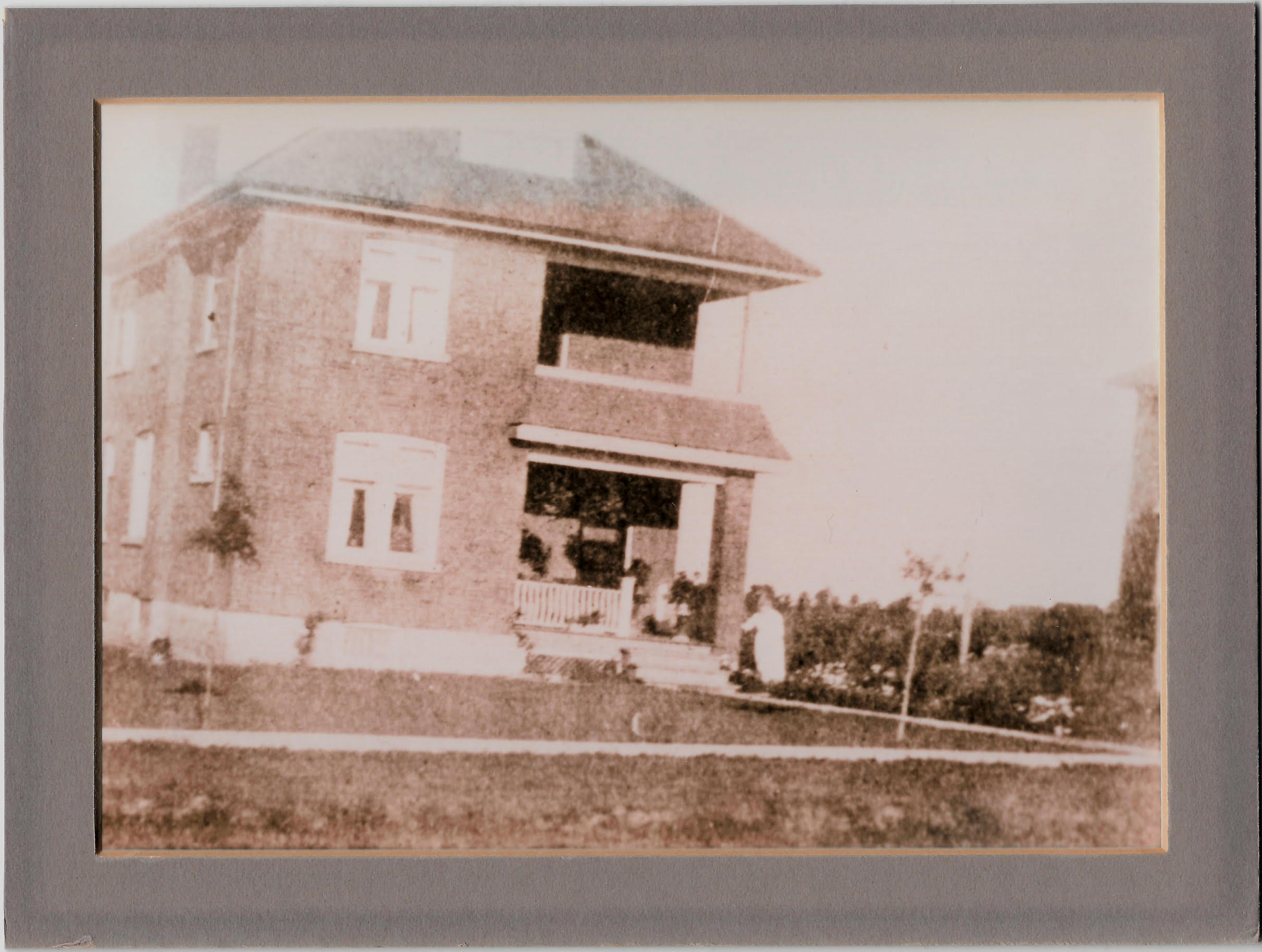Agincourt - A Brief History
The name of the“crossroads community “of Agincourt dates back to June 6,1858, when John Hill, a local proprietor, was granted permission to open a post office in his general store. The post office was named after the town of Agincourt in northern France, also the battle site of Henry V’s decisive English victory over the French forces in 1415. This small community served what was then a rural agricultural population. The community was incorporated as the police village of Agincourt in about 1912.
Agincourt developed along Sheppard Avenue between Kennedy and Brimley Roads. At its centre were the crossroads, Main Street (now Sheppard Avenue) and Church Street (now Midland Avenue). In 1872, a Presbyterian Church was built on the northeast corner of these crossroads and is today’s Knox United Church. In 1914, a school was built, which is now Agincourt Junior Public School. The original four room school included both primary and secondary education.
Two railway stations were constructed in the second half of the 19th century in Agincourt. The first station, built in 1871, was located on what is now the site of the current Agincourt GO station. A second station was built east of the crossroads, just north of Sheppard Avenue and Brimley Road, on what is today the CP Rail track. With the creation of these stations, access to transportation in the area improved and the local economy grew.
In the early 20th century, several small businesses were established along Sheppard Avenue. These included a bank, post office, hardware store, general store, butcher, village inn and farm implement dealer. In 1913, the Heather Ice Rink and Hall was built at what is now the corner of Sheppard and Glen Watford Drive. A bowling green was later built at the corner of Sheppard Avenue and Agincourt Drive (then First Avenue) in the early 1930's.
Following the end of the Second World War, the community experienced rapid growth with the arrival of many immigrants from Britain and Europe. Much of the farmland around the village centre was turned into new housing developments.
Agincourt has continued to change from the 60’s through to the present day with an influx of immigrants from various countries of the world, all of whom have contributed to the diverse and vibrant community we live in today.
A History on 32 Agincourt Drive

In June of 1858, before Canada was officially a country, a merchant named John Hill in a little farming community centred around Sheppard Ave. between Kennedy Rd. and Brimley Rd. applied to have a post office in his General Store, located at Brimley and Sheppard, and the Community of Agincourt was born. The community remained largely agricultural in nature for about 50 years.
Then in 1913, a farmer named W. H. Paterson decided to sell off a large parcel of his family farm, “Lot 27 in the third Concession of the Township of Scarborough in the City of York”, which ran north from Sheppard Ave. to Havendale between Midland and The Grand Trunk Rail Line (later the Canadian National Railway Line and currently the Metrolinx GO Line). He signed papers which specified dividing the land into 82 lots, 75 feet wide, and various depths. The first “subdivision” in Agincourt was born. The main street running north from Sheppard Ave. was called First Avenue (now Agincourt Drive).
A farmer named Mr. Green bought Lots 7 and 8, on the west side of First Avenue (directly east of what is now the Agincourt GO station). He built the house on Lot 7 and lived in it, and had a house built on Lot 8 for one of his children in 1918. In the picture below, taken around 1920, First Avenue is still a dirt road, the upstairs “sunroom” is still open to the weather as a sunporch, and a woman from the Green family is standing beside the front porch. The maple saplings seen in the picture were planted by a group of city employees, including Mr. Garner Preston, whose son, Howard, now lives next door on “Lot 9”, and two of those original trees still grace the property today.
Various members of the Green family lived in the house until the late forties, when they sold to Doug and Jessie Adams. The name of the street was changed to Agincourt Drive in 1957, because of the amalgamation of the boroughs to form “Metro”. Jean Forsythe, from #36 and Jessie Adams petitioned the other residents on the street to get the name changed.
In 1958, a couple named George and Eileen Downing were living on Sheppard Ave., just east of what is now Reidmount Ave. (That home had to be demolished to make way for the Sheppard Ave. Grade Separation.) Feeling that their home was becoming too small for their growing family of five, and concerned that the two-lane Sheppard Ave. was getting too busy for safety, (their second youngest had just been run over by a car and sustained a broken leg, a broken nose, and broken glasses), they decided to move around the corner to the house at #32 Agincourt Drive, formerly Lot 8. By this date the upstairs “outdoor sunporch” had been closed in to be a room. They bought the home from Mr. Adams for the princely sum of $18,000. They raised their family there, and all five children attended Agincourt Public School and Agincourt Collegiate.
In 1981, their youngest daughter, Christine, and her husband Steve Lincoln bought the house from the Downings when they wanted to downsize. Christine and Steve raised their three children there, and they live there still. The house has undergone some renovations over the years, but the outside from the front looks almost identical to the picture from 1920, except for the closed in sun porch.
In 2018, the three story brick house at 32 Agincourt Drive will turn 100. Birthday celebrations are still in the planning stage, but it promises to be a wonderful party!

